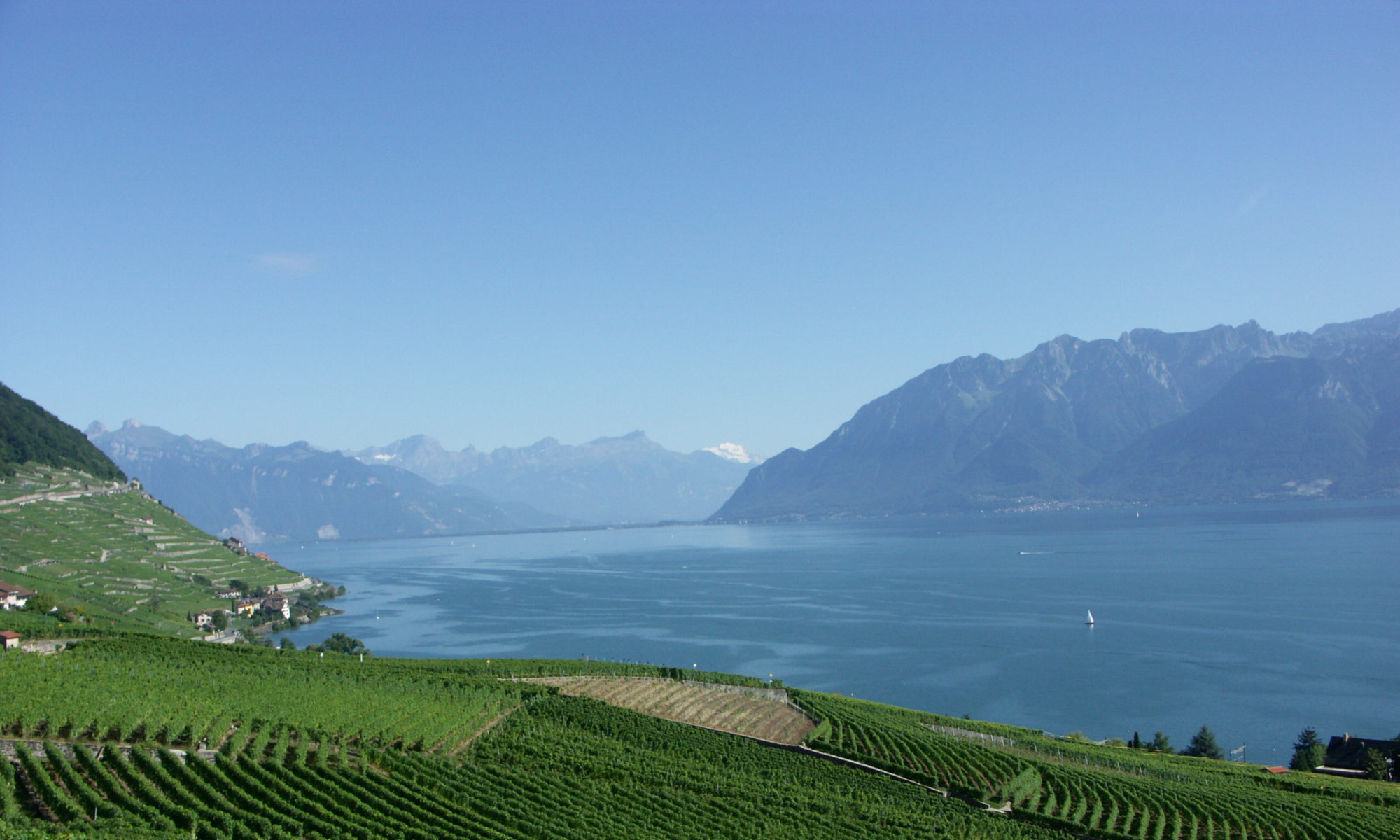To reply to this question use the “Leave a reply” box/field at the bottom of this page.
51 Replies to “Question 2: What are the top three areas where the capacities of National Hydrological Services need to be strengthened, in particular through international cooperation? What would be the difference in the case of a combined Hydrometeorological Service?”
Comments are closed.


1- Renforcer les capacités des services hydrologiques dans le système de collecte des données ;
2- Renforcer les capacités des services hydrologiques dans le domaine de la formation et l’adapter aux nouvelles technologies ;
3- Renforcer les capacités des services hydrologiques dans le domaine institutionnel en tenant compte du leadership.
L’hydrologie est l’étude du cycle de l’eau qui prend en compte la dynamique de l’atmosphérique et l’interaction avec la terre. La météorologie étudie les phénomènes atmosphériques dans sa globalité et prend en compte l’aspect hydrique du cycle hydrologique. Un service hydrométéorologique combiné pourrait être considérablement économique du point de vue investissement et facilité les échanges d’informations.
– Remote sensing applications for hydrology and water resources management. Capacity building.
– Monitoring of low flow data and low flow modeling. Capacity building
– Strengthen WIGOS-WHOS. Include data quality control. Capacity building.
1\ matemáticas (e.g. análisis de datos multivariado, estadística, teoría de valor extremo, procesos estocásticos, modelado probabilístico)
2\ diseño, construcción y mantenimiento redes hidrometeorológicas
3\ formatos abiertos para intercambio de información
1- Human Resources: availability of qualified human resources in sufficient number to cover the ever-increasing challenges faced by NHSs.
2- Regional Collaboration: collaboration of NHSs at regional level, particularly of those NHSs who share transboundary basins. Collaboration through data exchange (hydrometeorological and other), mutual training, sharing of operational experiences, lessons learned and problem solving.
3- Forecast Uncertainty: ability to communicate hydrologic forecast uncertainty in a way that helps emergency managers to make more informed decisions before, during and after flooding events.
-assistance aux services nationaux hydrologiques dans le cadre de la gestion et la protection des ressources en eau (relèvement du budget de financement national et international)
-Le recrutement et la formation du personnel qualifié(Hydrologie opérationnelle,la qualité physique et chimique,de la télédétection,installation et configuration des stations hydrométriques automatiques)
-Augmentation de la collaboration avec d’autres institutions nationales et internationales
-Soutient de l’OMM aux services hydrologiques nationaux pour le plaidoyer au près des autorités ,……